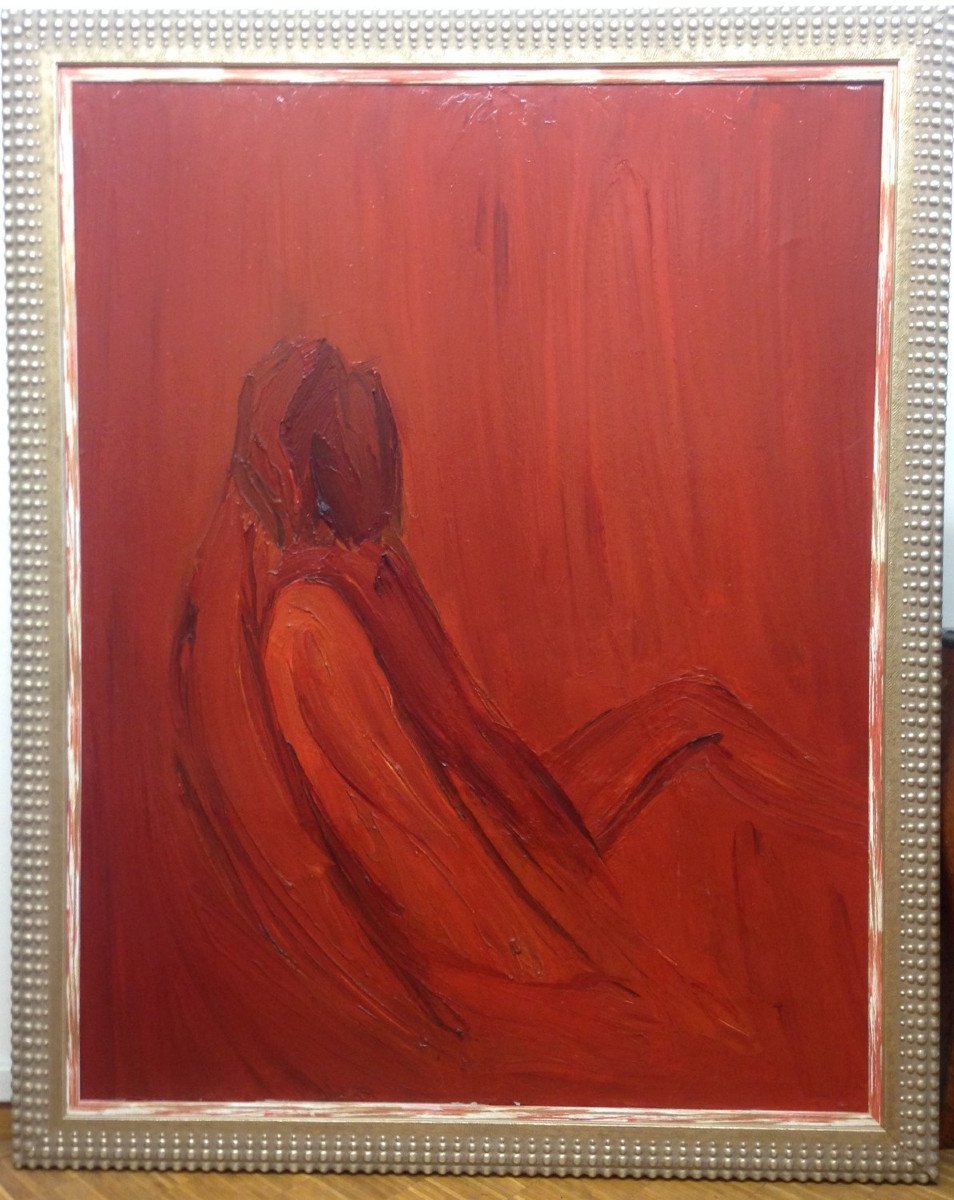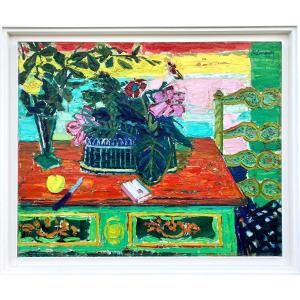Constantine Byzantios Figures with petrified faces, slender bodies and the arrested gestures of mannequins in dark spaces, often in front of mirrors: these enigmatic characters were since the 1980s the silent heroes of Constantin Byzantios, who died in Majorca at the age of 83. . Figures with petrified faces, slender bodies and the arrested gestures of mannequins in dark spaces, often in front of mirrors: these enigmatic characters were since the 1980s the silent heroes of Constantin Byzantios, who died in Majorca at the age of 83. . These characters are reminiscent of some Chirico and, more visibly, El Greco. This last reference could not be accidental. A student at the School of Fine Arts in Athens, his hometown, Byzantios never concealed the importance for him of his Greek origin and all that it implies in terms of artistic and cultural references.
At the end of the Second World War, however, he came to continue his training in Paris thanks to a grant from the French government. Befriended by Alberto Giacometti from 1950, close to his compatriot Christian Zervos - founder of the review Les Cahiers d'art and the gallery of the same name and center of the circle of Greeks in Paris -, he convinced himself of the topicality of gestural abstract painting and rallies to it. After a first exhibition at the Ariel gallery in 1951, he exhibited his abstract works at Jeanne Bucher in 1962, with a preface by Eugène Ionesco. But he soon detaches himself from this aesthetic. In 1965, the works he presented to Christian Zervos heralded a return to figuration. It is accomplished slowly and not without questioning. Byzantios first abandoned pictorial practice for six years to devote himself entirely to drawing. His human figures appear on the blackened paper in graphite or charcoal before taking possession of the canvas. This evolution is punctuated by exhibitions which are also an opportunity for the artist to celebrate his intellectual and literary friendships, which are closer than his links with artistic circles. In 1972, Eugène Ionesco and Jean Laude prefaced his retrospective at the Galliera Museum. In 1974, Michel Foucault introduced his exhibition at Karl Flinker, where he again showed still lifes, in 1982. In 1990, his presentation at the Lavignes Bastille gallery, dedicated to his human figures, was prefaced by Jean-Paul Aron, whose portrait he paints. In 1994 and 1997, two retrospectives were devoted to him, in Metz and Chalon-sur-Saône. When the history of those who, like Jean Hélion, went backwards from abstraction to figuration is finally written, it will have to give the work of Byzantios the place it deserves. Philippe Dagen






















 Le Magazine de PROANTIC
Le Magazine de PROANTIC TRÉSORS Magazine
TRÉSORS Magazine Rivista Artiquariato
Rivista Artiquariato
